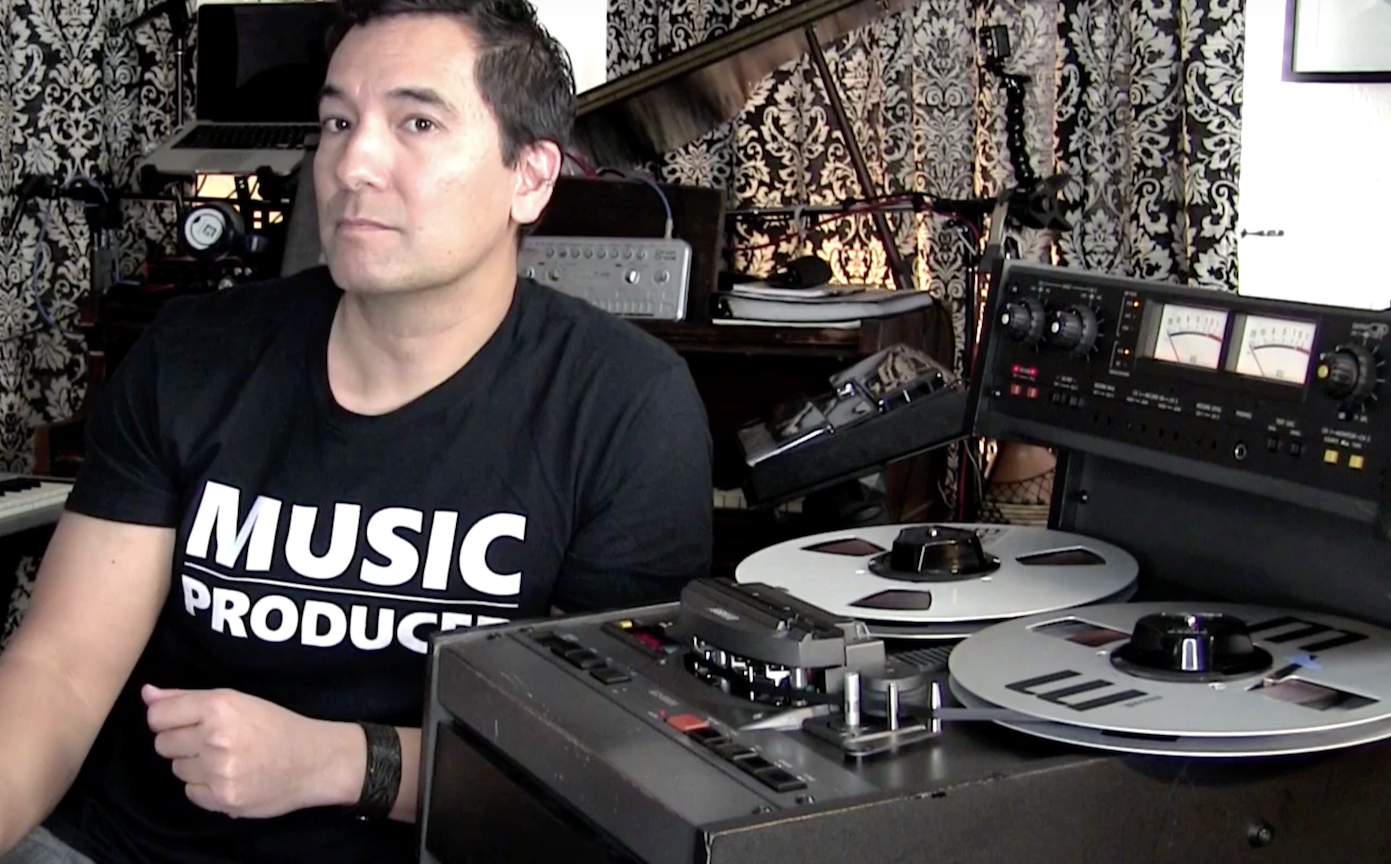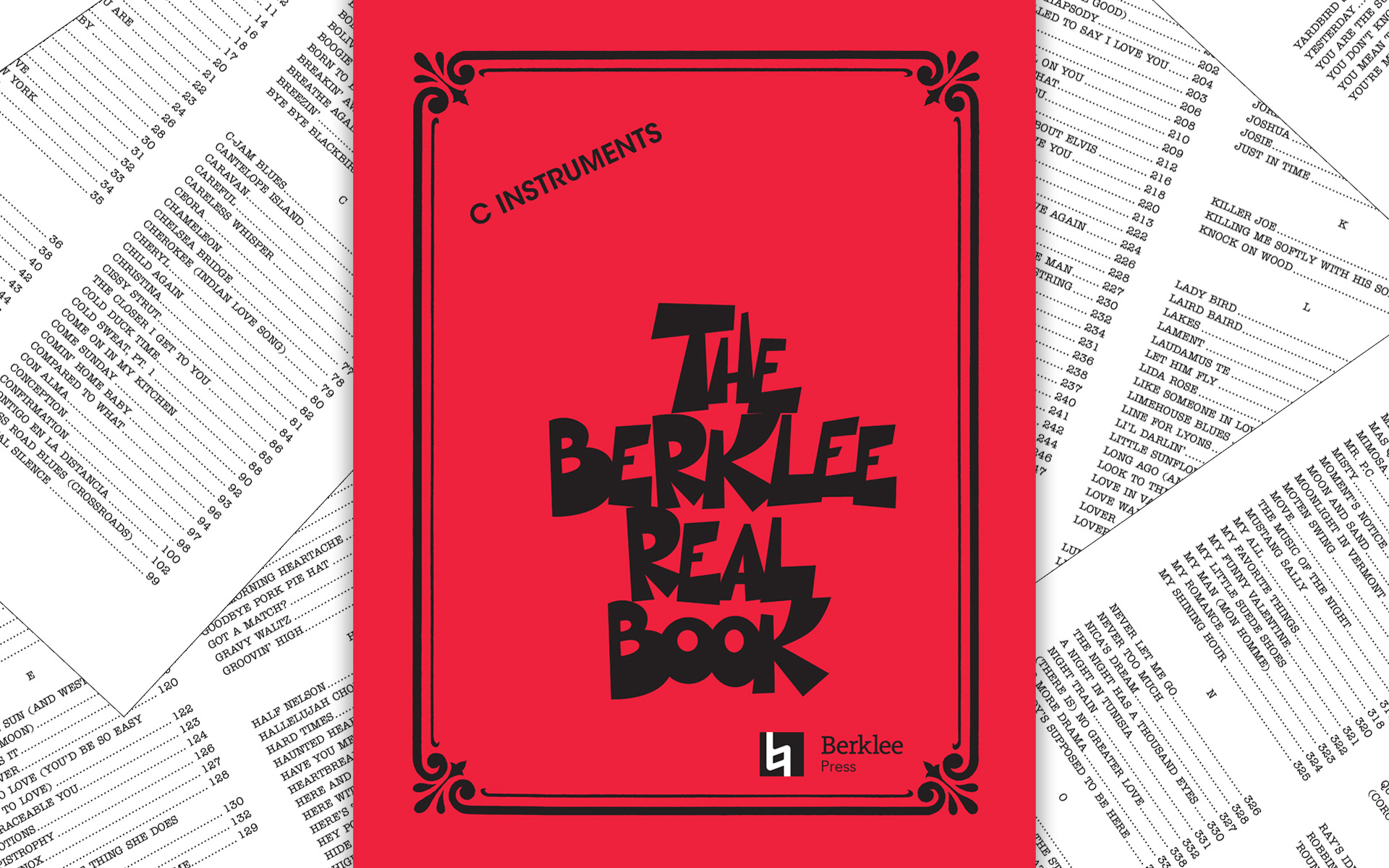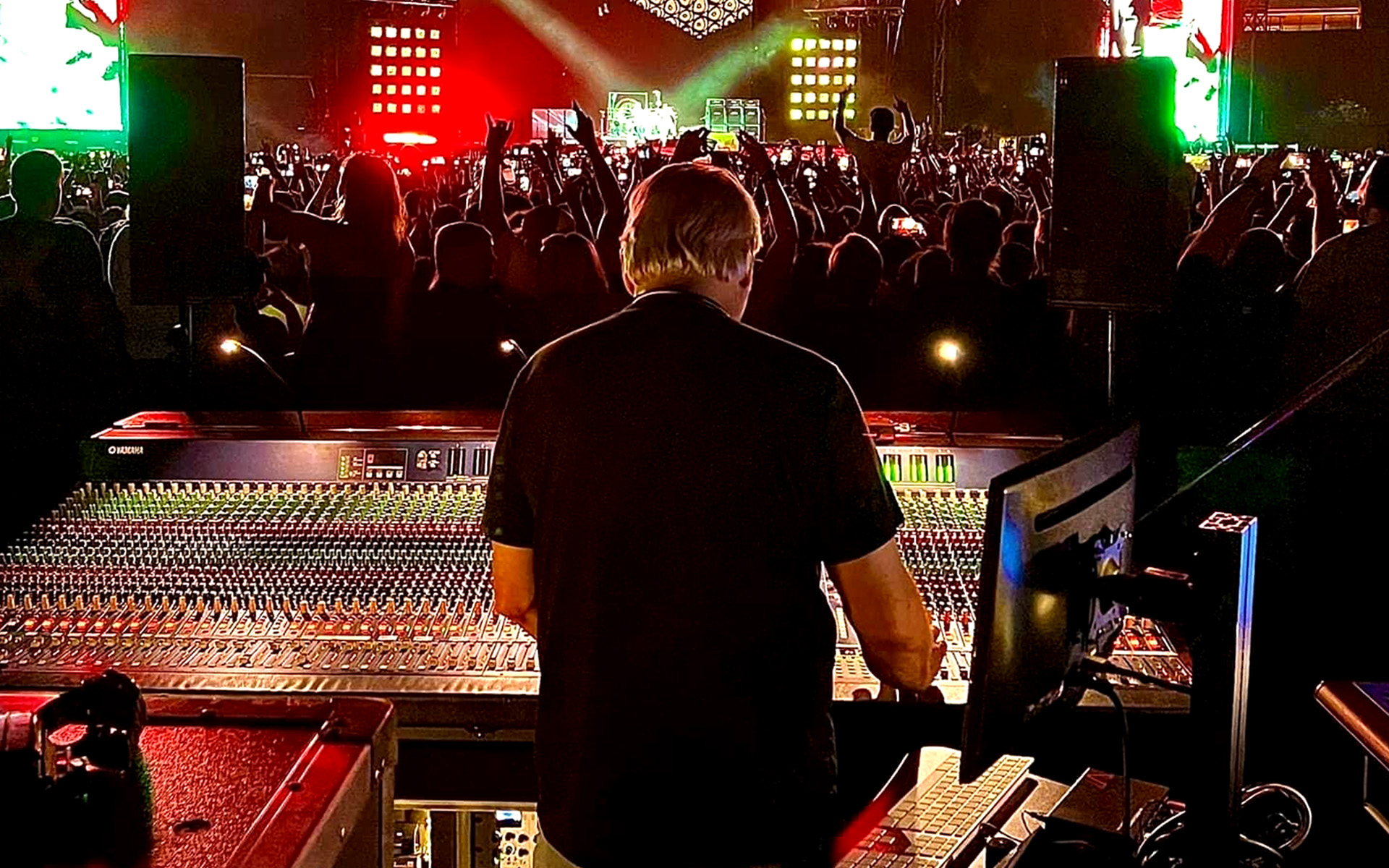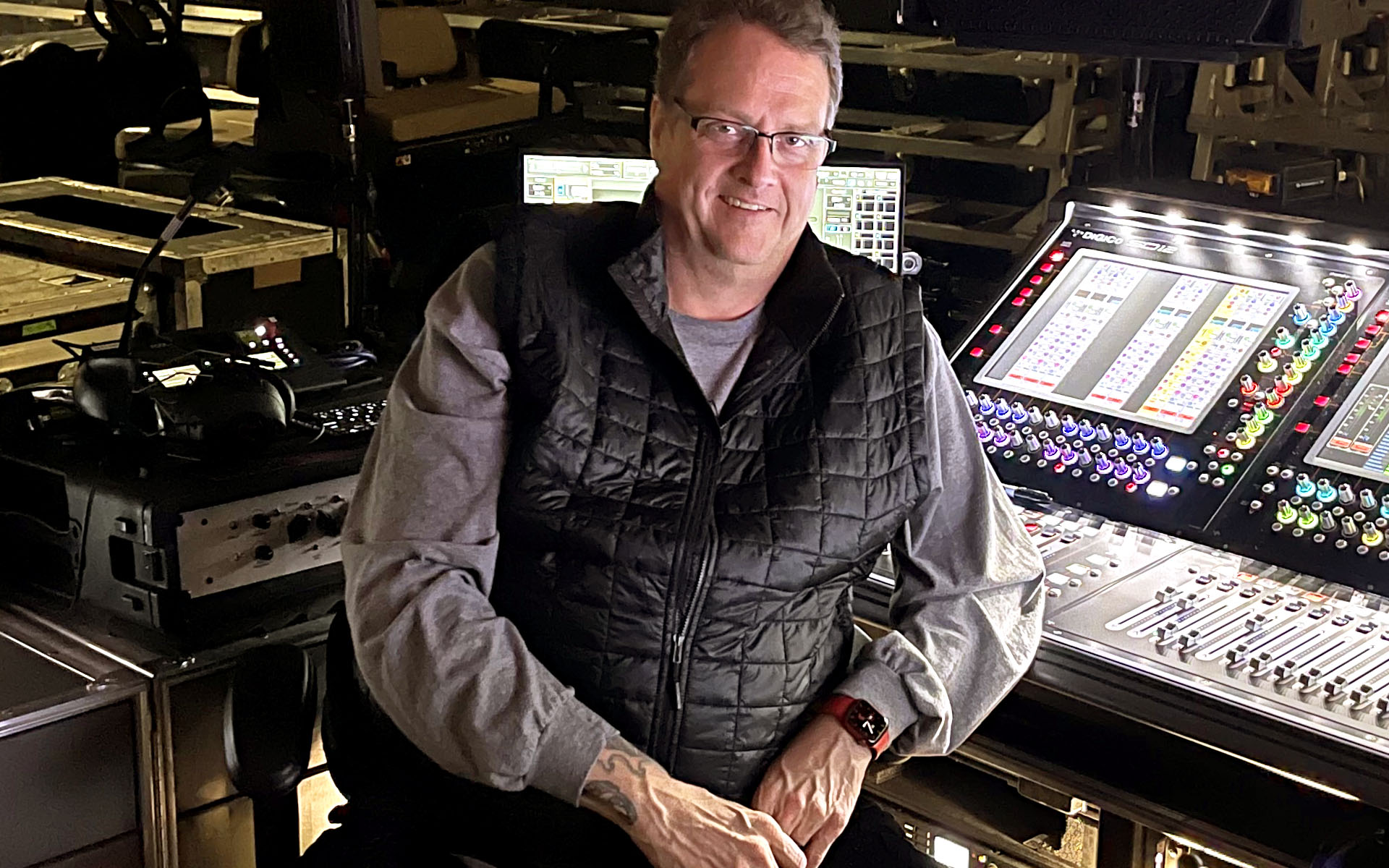As music producers we’re always looking for that sound. You know, the secret sauce to give your recordings a unique sonic fingerprint that nobody else can easily duplicate. This can be any number of techniques and unique gear choices, from one-of-a-kind vintage instruments, to rare guitar pedals, never-thought-of mic positions, or unorthodox effect plug-in chains. One such sound that holds a near mystical allure, probably because it’s not readily available to laptop producers and home studio owners using DAW programs, is the sound of a real analog tape machine.
STUDY MUSIC PRODUCTION WITH ERIK “HAWK” HAWKINS
Sure, there are effect plug-ins that claim to emulate the sound of classic analog tape machines. However, as great as some of these plug-ins sound, they can’t recreate all the nuances and idiosyncrasies, both good and bad, of an actual vintage tape machine. Of course, they do a fine job recreating the sound of tape saturation, tape hiss, and even some wow and flutter. But a real analog tape machine also suffers from tape drift, irregular motor speeds, head wear, circuitry degradation, and even crosstalk between the channels. Plus, these differences are exclusive to each machine, dependent on its history, hardware, and maintenance. In other words, that’s a tall order for any tape emulation plug-in to fulfill.
Now, obviously, this begs the question, what can a real vintage tape machine do for your recordings that a plug-in can’t?
To find out, I borrowed a classic Otari MX5050 MKIII tape machine and multitrack recorded (yes, an actual multitrack recording, not just a stereo master) an arrangement of software synths to hear if real tape could warm up and improve the sound of these virtual instruments. Only the drum machine in my composition was originally sampled from an analog source: all the synth sounds are created entirely by software in the computer. So without further delay, here’s the video of my whole experiment and the results.










